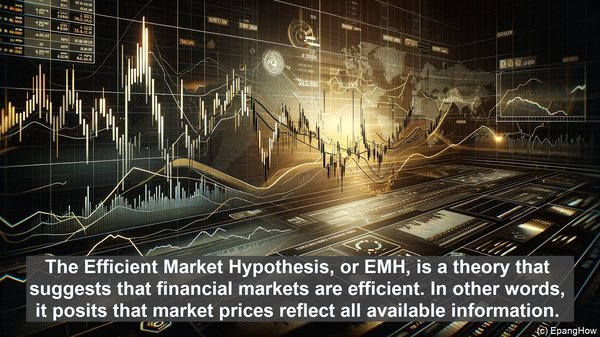Introduction: The Quest for Understanding Market Dynamics
Hello and welcome! The world of finance is a complex and ever-evolving one. As investors, we are constantly seeking to understand and predict market behavior. Over the years, various theories have emerged, each offering its own perspective. Today, we’ll be focusing on two such theories: the Adaptive Markets Hypothesis and the Efficient Market Hypothesis. While both theories aim to explain market dynamics, they do so from different angles. Let’s dive in!

Efficient Market Hypothesis: The Foundation of Market Efficiency
The Efficient Market Hypothesis, or EMH, is a theory that suggests that financial markets are efficient. In other words, it posits that market prices reflect all available information. According to this hypothesis, it is impossible to consistently outperform the market, as any new information is quickly incorporated into prices, leaving no room for arbitrage opportunities. The EMH is based on the assumption that market participants are rational and that competition is fierce. It is often divided into three forms: weak, semi-strong, and strong, each with its own set of assumptions and implications.

Adaptive Markets Hypothesis: The Role of Evolutionary Forces
In contrast to the EMH, the Adaptive Markets Hypothesis, or AMH, takes into account the role of human behavior and evolutionary forces in shaping market dynamics. This theory, proposed by Andrew Lo, suggests that market participants are not always rational and that their behavior is influenced by a range of factors, including emotions, biases, and social interactions. The AMH views markets as complex adaptive systems, where participants continuously learn and adapt to changing conditions. It acknowledges the presence of inefficiencies in markets, which can be exploited by astute investors.
Key Differences: EMH vs AMH
While both the EMH and AMH offer valuable insights, they differ in several key aspects. Firstly, the EMH assumes that market participants are rational, while the AMH recognizes the presence of irrational behavior. Secondly, the EMH emphasizes the role of information, suggesting that prices reflect all available information. In contrast, the AMH highlights the importance of learning and adaptation. It posits that market participants continuously update their strategies based on new information and experiences. Finally, the EMH suggests that markets are always efficient, while the AMH acknowledges the presence of both efficient and inefficient periods.
Implications for Investors: A Balancing Act
For investors, understanding these theories is crucial. If one believes in the EMH, the focus would be on passive investing, as it suggests that it is difficult to consistently beat the market. On the other hand, the AMH opens up the possibility of active investing, as it recognizes the presence of inefficiencies that can be exploited. However, it is important to note that active investing comes with its own set of challenges, including the need for continuous monitoring and the risk of making incorrect decisions. Ultimately, the choice between passive and active investing depends on one’s beliefs and risk appetite.
